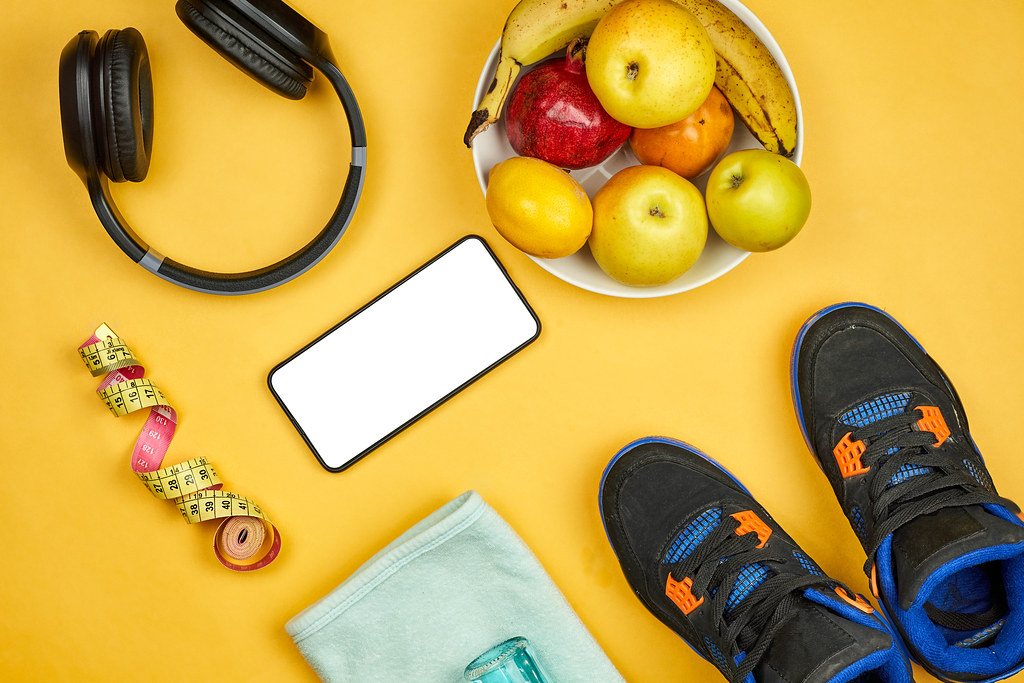The keto diet has been around since the 1920s, although it has recently made a lot of noise in the health and wellness sector for good reason. Many studies have shown that eating a high-fat, low-carb diet can lead to enhanced energy levels, balanced blood sugar regulation, and fat loss. Here are 10 ways to make keto part of your regular routine:

1. Keto Strips
Have you ever been unsure if you’ve been doing keto the correct way? Achieving ketosis is so specific that it might be beneficial to analyze your ketones to ensure you’re reaching your health objectives. The key to weight reduction on this diet is maintaining ketosis. They urge the body to burn stored fat as energy instead of food.
Ketones are tiny acids that float through the body. When you’re in ketosis, they’ve been appropriately balanced. They communicate instructions to your body to burn stored fat as opposed to muscular tissue. When your body is in ketosis, it will naturally shed weight. Ketone strips are a quick and easy method for determining if the level of acetoacetate (ketone) in urine is above or below a certain threshold.
Ketone strips are the most cost-effective and simplest way to check if your body is in ketosis. When you put a ketone strip on your urine, it will turn yellow if there are enough ketones, and the intensity of the colour change will indicate how concentrated the ketones are in your blood.
2. Plan your meals
When we’re hungry, it’s all too easy to “cheat” or take “convenient” meals. Hunger is a strong incentive, thus many of us will relapse as a result of it. Because hunger is such a driving force, many individuals will abandon their diets owing to this. Make provision for the worst by donating your high-carbohydrate and sugar-rich dishes. Make sure keto-friendly alternatives are readily accessible. Make sure you have some keto snacks on your hands, such as hard-boiled eggs, beef jerky, chopped vegetable sticks with dip, or Alpha Lipid™ Ultra Diet 2TM. Following a schedule is an excellent method to keep track of your diet and avoid giving in to your cravings. Make careful planning and preparation of your meals ahead of time so that you’re not caught off guard.
3. Drink plenty of water
It is a no-brainer to remain hydrated regardless of what diet you are on, since our brain is composed of almost 80% water. We tend to get caught up in our daily routines that we forget to drink water. On keto, we need to pay closer attention since when there are no carbohydrates available, your body will eliminate more water.
4. Improve your gut health
Gut bacteria play a significant role in your digestion, especially how your body reacts to being on the keto diet. Having a healthy, varied ecosystem of gut microbes is critical for enabling your body to absorb fat and support optimal nutrient absorption, as well as providing energy (so you may enjoy the benefits of the diet) and maintaining a healthy metabolism.
5. Stay Regular
Is there enough fibre in your keto diet? Constipation, one of the most serious problems, makes you feel bloated and unpleasant.
If you consume actual foods and eat a few servings of low-carb, non-starchy veggies every day, there are numerous methods to get your daily fibre requirements met without taking supplements.
If you want to boost your daily fibre intake, there are certain types of keto-friendly fibre supplements available, such as FibreMaxTM, which combines both soluble and insoluble fibres.
Vegetables are high in fibre, which is good for your health. They also include a number of micronutrients with a variety of health advantages, many of which are low in net carbohydrates, so there’s no need to avoid them on keto.
6. Don’t limit yourself
Diet meals don’t have to be bland, as is the common belief among many people. However, because this isn’t a diet but rather a lifestyle, you may eat all of your favourite foods. There are several different recipes on the internet. Examine what’s available; you’ll be astonished at what’s served… anyone for bacon?

7. Don’t starve yourself
Diets that restrict what you eat in order for you to see results are harmful to your long-term health. High-fat foods are more satisfying, so you’ll naturally eat less because they keep you fuller for longer.
8. Track progress. The right way
Who has weighed themselves every day? Only to discover there were considerably fewer results than yesterday? We don’t want to rely only on the scales. We should weigh ourselves once a week at most and keep it routine (e.g. same day and time). Tracking your body measurements at the same intervals (e.g., waist and hips every 2-4 weeks) will also help you assess progress. You’ll notice a significant difference over time. Ultimately, before and after photos are necessary. It acts as an anchor by reminding you how far you’ve come. It also encourages you to achieve your goals.
9. This is a lifestyle, not a diet
All diets fail for the same reason: they all have a limit. They are all short-term answers to long-term issues. A lifestyle doesn’t restrict you or cut calories; it simply continues indefinitely. Make keto a way of life by preparing tasty and quick main meals. You’ll be more likely to stick to your plan if you have one.
10. Lead by example
Focus on yourself. There will always be individuals who try to bring you down. It does appear to be a stupid notion, doesn’t it? You’ll lose weight and become healthy if you eat more fat — right? Stop thinking about what others are going to think and just enjoy the journey. Once they see that your health is getting better and your weight is decreasing, they’ll be intrigued.
